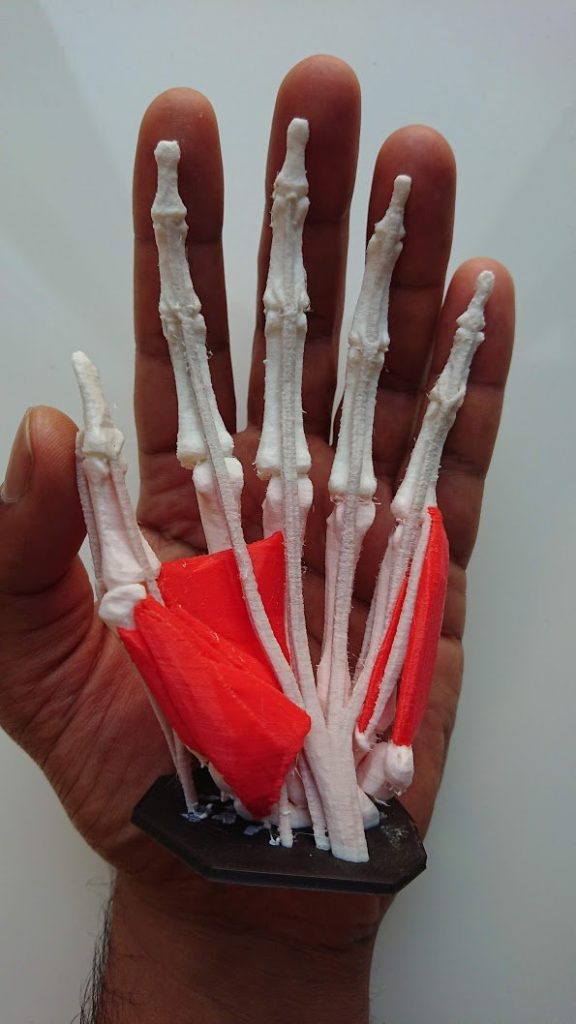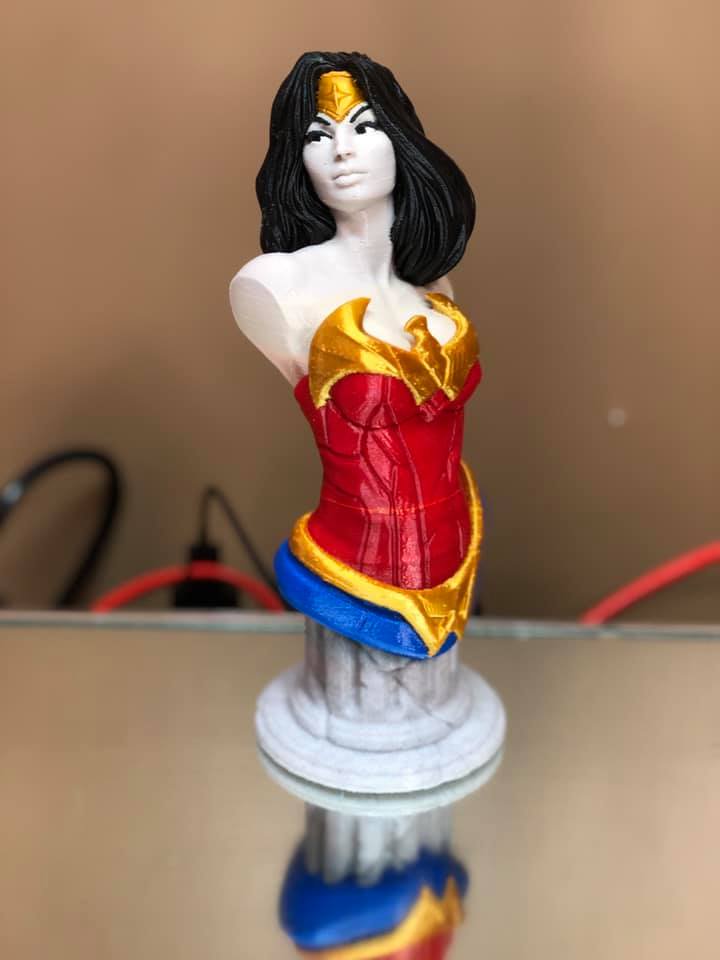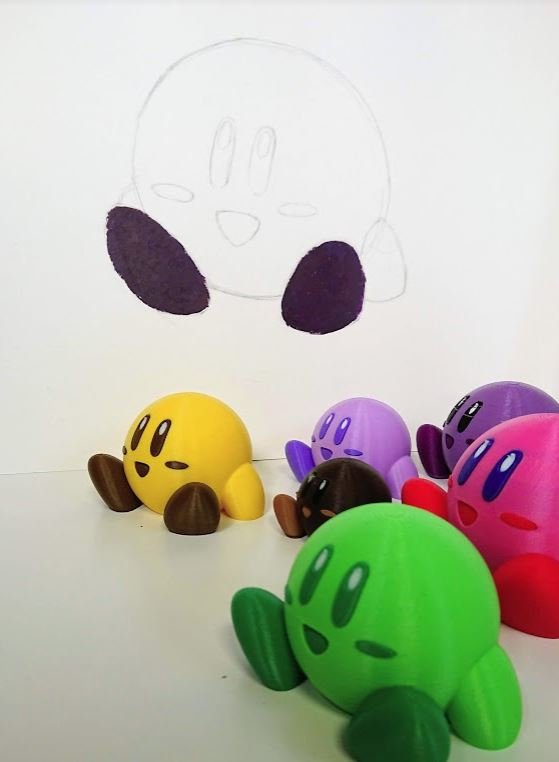
Who buys the Palette?
Businesses and individuals who own FFF 3D printers that are limited to printing in 1 or 2 materials. With Palette, they are able to virtually upgrade their printer to being a quad extruder printer allowing them to print with 4 colors and materials. The primary verticals where Palette is used is in education, product design, prototyping, and small-batch production.
What is it used for?
The multi-material aspect of Palette is commonly used to enable soluble support material for printing complex geometries with internal support requirements. The multi-color functionality is often used for part serialization, branding, and the simulation of overmolded parts. Finally, the material handling automation from Palette is used to unlock spool-to-spool printing which automats the process of switching spools between prints, or during prints.

How do I indicate colors in the software?
CANVAS has a toolbox with a color palette of 4 color options. You can indicate the colors you plan to use and assign them to specific regions, or virtually paint your model.
How does it work?
CANVAS is a cloud and web-based software that allows users to color and slice single or multi-material models. You start off by selecting a single-body STL that brings up different tool options, one of them being the paint feature. This tool allows you to digitally paint the surface of your model. Similar to other design applications, there are brush tools and a fill bucket. Specific to CANVAS is the ability to analyze a model and create various different “regions”. These regions are based on unique geometries in your part and allow you to quickly specify colors using the fill tool. Once painting is complete, the model is ready to be sliced. CANVAS uses the painted colors while it slices and, unlike other programs, it does not split the model into separate STLs but rather, the color is applied on a layer-by-layer basis. This allows the creation of larger regions of each color inside the part, for better print quality and part strength.
What do you hope to achieve?
At Mosaic, we want to make multi-material 3D printing as easy and accessible as possible. We are always learning and working on ways to improve our current ecosystem and provide options that are consistently exceptional and more reliable than what currently exists in the industry.

Can I make gradient color parts?
Palette supports gradient mode, which allows you to create models with a gradual color change throughout the models. No transition tower is created as the color transitions occur within the print itself. When you turn on Palette and select Print Modes, you are able to select Gradient and enter in the starting and ending length of filament, which will help determine the lengths used for the first and last pieces of filament for the print. This can easily be done from the color touch screen on Palette allowing you to easily print any model with a gradient. Palette also has similar modes on the screen for printing a “repeating pattern” or “random pattern”. We see a lot of use of this functionality in schools and by artists.
Can I also mix different materials?
Palette supports different filament combinations, and we’re constantly experimenting to find new material combinations that work together. Some of the popular combinations are PLA with PVA, ABS with HIPS, PLA with Poly support, and PLA with PETG (breakaway support). Materials can easily be specified in Canvas allowing it to take care of material specific splice settings, printing temperatures, and other printing parameters.
Subscribe to Our Email Newsletter
Stay up-to-date on all the latest news from the 3D printing industry and receive information and offers from third party vendors.
You May Also Like
The Third World War & The Disruption of US Military Power
A Reddit user once remarked, “The most terrifying capability of the United States military remains the capacity to deploy a fully operational Burger King to any terrestrial theater of operations...
Australia to Go Orbital: Gilmour Space Gears up for Historic Launch
Australia is on the brink of a historic achievement in space exploration. Gilmour Space Technologies, a pioneering company based on the Gold Coast, has secured the nation’s first-ever orbital launch...
3D Printing Webinar and Event Roundup: November 10, 2024
We’ve got another busy week ahead of webinars and events around the world! There are multiple open houses and conferences, advanced AM training, a 3D printer launch event, our own...
3D Printing News Briefs, November 9, 2024: Concept Car, Afloat 3D Printing, & More
In today’s 3D Printing News Briefs, we’ll start with business, as Anisoprint appointed AM industry veteran Tuan TranPham as President of the Americas and APAC. Then we’ll move onto automotive...




































